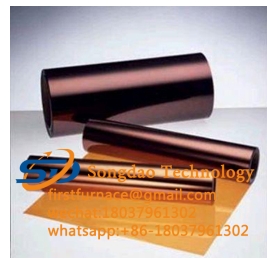- 26
- Apr
Application of epoxy resin pipe in power plant
Application of epoxy resin pipe in power plant
Another area of use for glass fiber reinforced epoxy pipes in the power sector is in power plants. Because of its flexible lining, the pipe has good wear resistance, so it is suitable for flue pipe, and its service life is twice as long as that of steel pipe. When the coal ash content is 10%, if the pipe is turned four times (each time the turning angle is 90°), the service life of the steel pipe is two years, and the glass fiber reinforced epoxy resin pipe is four years.
In addition to being used as a flue pipe, this pipe can be used wherever the pressure does not exceed 10 bar and the temperature does not exceed 65 °C. In the United States, about 450 kilometers of glass fiber reinforced plastic pipes have been installed so far in general thermal power plants. In 1975, it was planned to continue to install 140 kilometers.
In addition to long service life, another important advantage of glass fiber reinforced epoxy pipe is its light weight and easy installation. The glass fiber reinforced epoxy resin pipe cannot be welded and must be connected with bolts, or installed with flanges, and the pipes can also be connected by gluing.
Epoxy is an advanced material that is used in many ways, from construction to spaceflight. Epoxy adhesives stick well to cured epoxy molds. Therefore, gluing is one of the most reliable and economical methods for joining glass fiber reinforced epoxy pipes. The disadvantage of gluing is that the test method is not perfect. The assembled glass fiber reinforced epoxy pipe can now be pressure tested. Other non-destructive testing methods (equivalent to X-ray testing of steel pipes) are not currently in use.

